Orchestrated LLM Frameworks
There is no “Best LLM”.
Imagine you are going on a road trip. Do you choose an SUV, a sports car, or a motorcycle? Each has its strengths: an SUV handles rough terrain, a sports car is built for speed, and a motorbike is fuel-efficient and nimble. There are also other factors like the road, charging stations (for mileage anxiety), luggage.
It is the same with LLMs (Large Language Models). Some are great at understanding and interpreting natural language, some at complex reasoning, others at generating or analyzing content. So, relying on a single LLM is like driving a pickup truck in an F1 race.
A winning AI strategy is to the right model for the right task. Use multiple LLMs and integrate them to achieve business outcomes.
Strengths and Weaknesses of LLMs
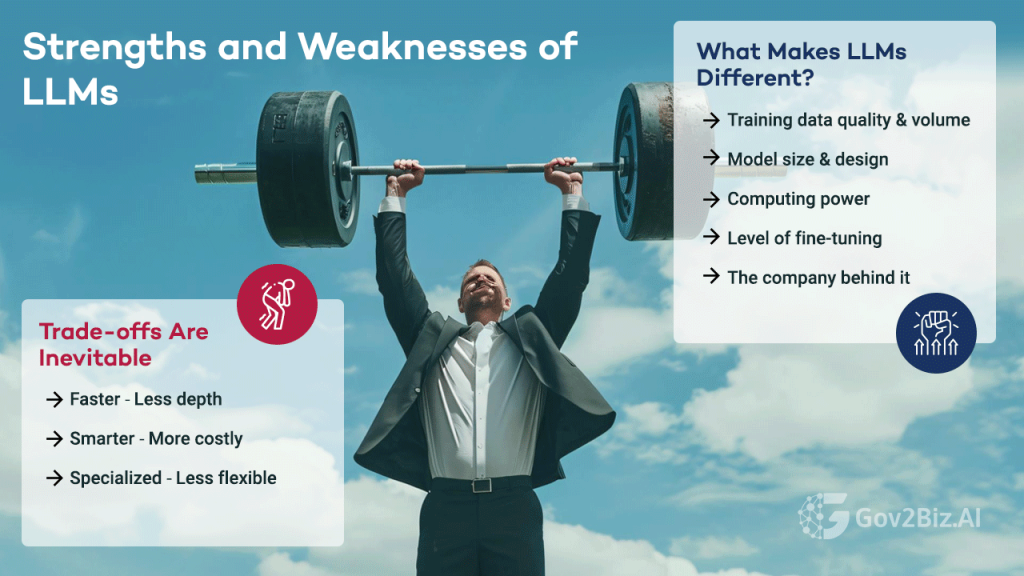
Each LLM (e.g. GPT-4, Claude, Gemini, Mistral etc.) has different strengths. These strengths and consequently their weaknesses are a factor- of the volume and diversity (or specialization) of their training data, model size and architecture, computational power, level of fine tuning, reinforcement learning. Each of these are themselves factors of the software companies who build and serve them.
GPT-4 is powerful, versatile, and excellent at deep reasoning, but expensive and slower, while Claude is smooth and reliable for conversations and summarization but lacks deep analytical power. Gemini is great at handling multiple input types (text, images, video) but does not dominate in any single category.
Optimizing a model for one strength often means making sacrifices elsewhere. A highly efficient model may be fast but lack depth, while a powerful reasoning model may require more computational resources, making it slower and costlier.
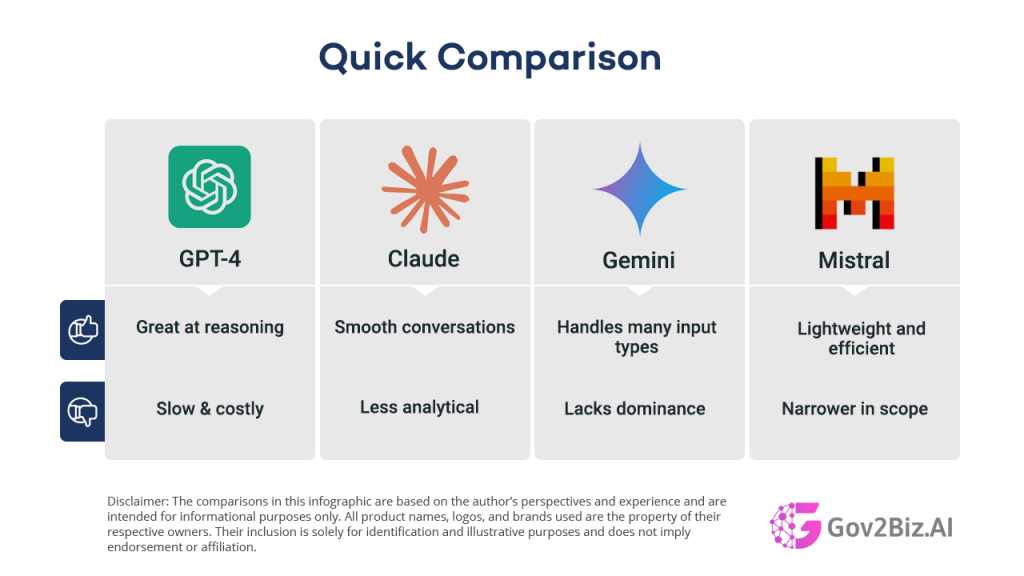
The Orchestrated LLM Approach
The orchestrated LLM approach abstracts the LLMs from systems relying on them. It is a structured system that intelligently coordinates multiple LLMs to take full advantage of their specific strengths, and sidestepping their weaknesses. Orchestrators split business objectives into multiple tasks delegating them to multiple LLMS to achieve outcomes.
As the pace of AI innovation accelerates and newer and more potent LLM providers emerge, Orchestrated LLMS also allow will enable LLMs to be switched out in favor of SLMs, or hyperspecialized models with no disruption to end-users.
Orchestrated LLMS however are complex to implement and maintain. They require – model routing logic that directs tasks to the right model, abstraction layers that simplify model switching, fallback mechanisms for seamless takeovers, and interoperability considerations to standardize outputs for usability across models and end-user experience.
Gov2Biz’s approach to AI
At Gov2Biz, we are using AI and Orchestrated LLM Frameworks to help governments adopt AI for real-world challenges. By integrating AI into the fabric of our SaaS products and solutions, we are helping governments achieve business outcomes – efficiency, service delivery, and transparency.

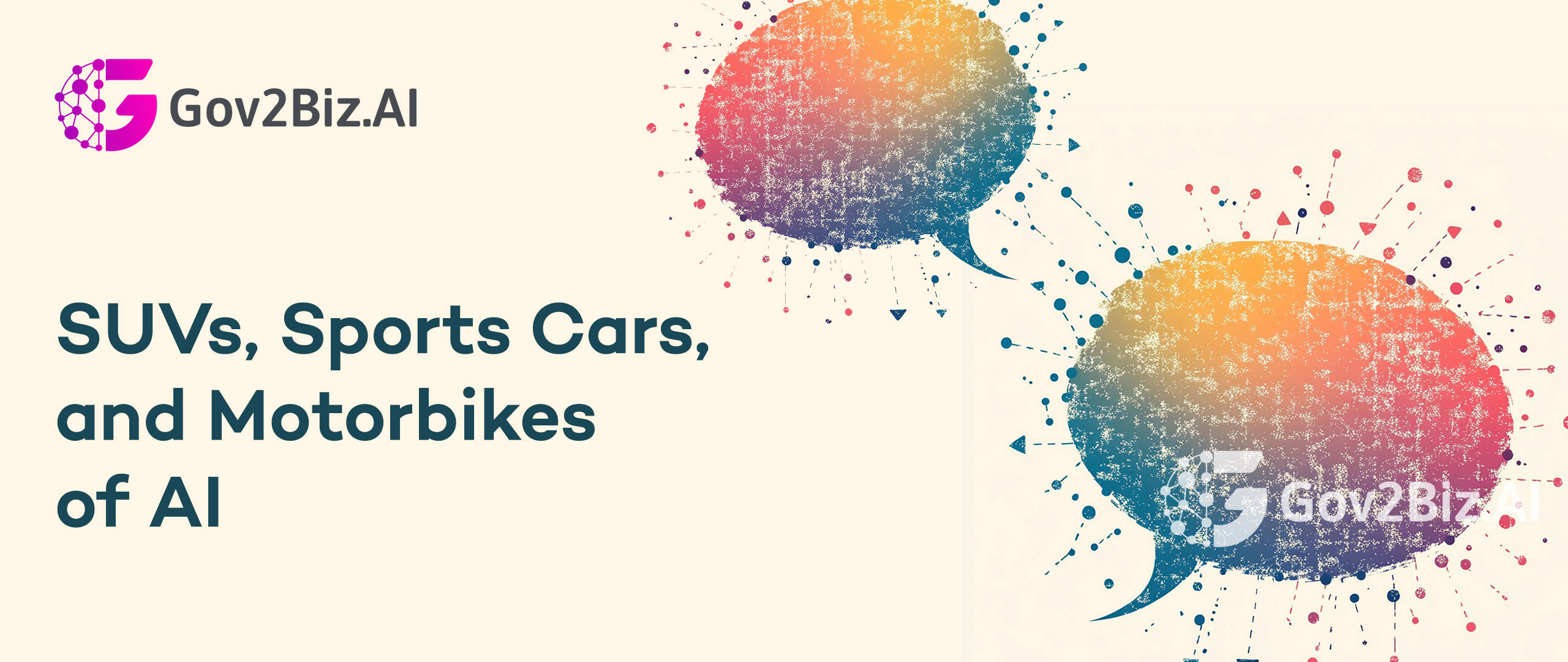
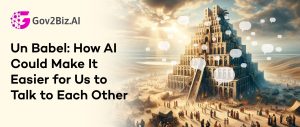
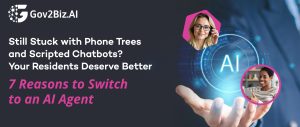
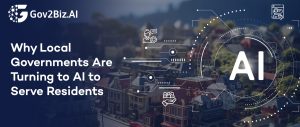
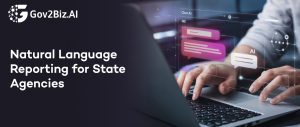


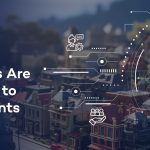
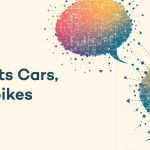

Leave a Reply